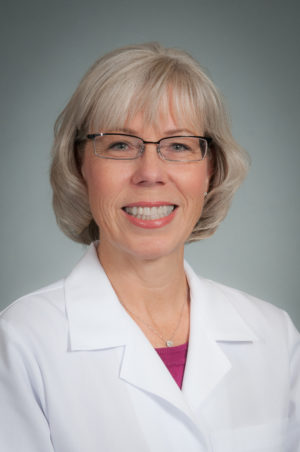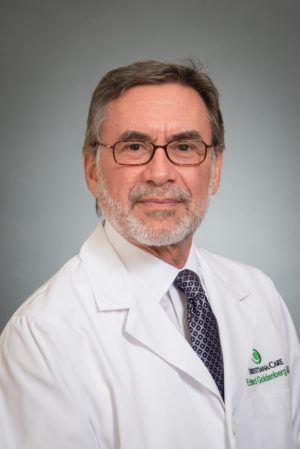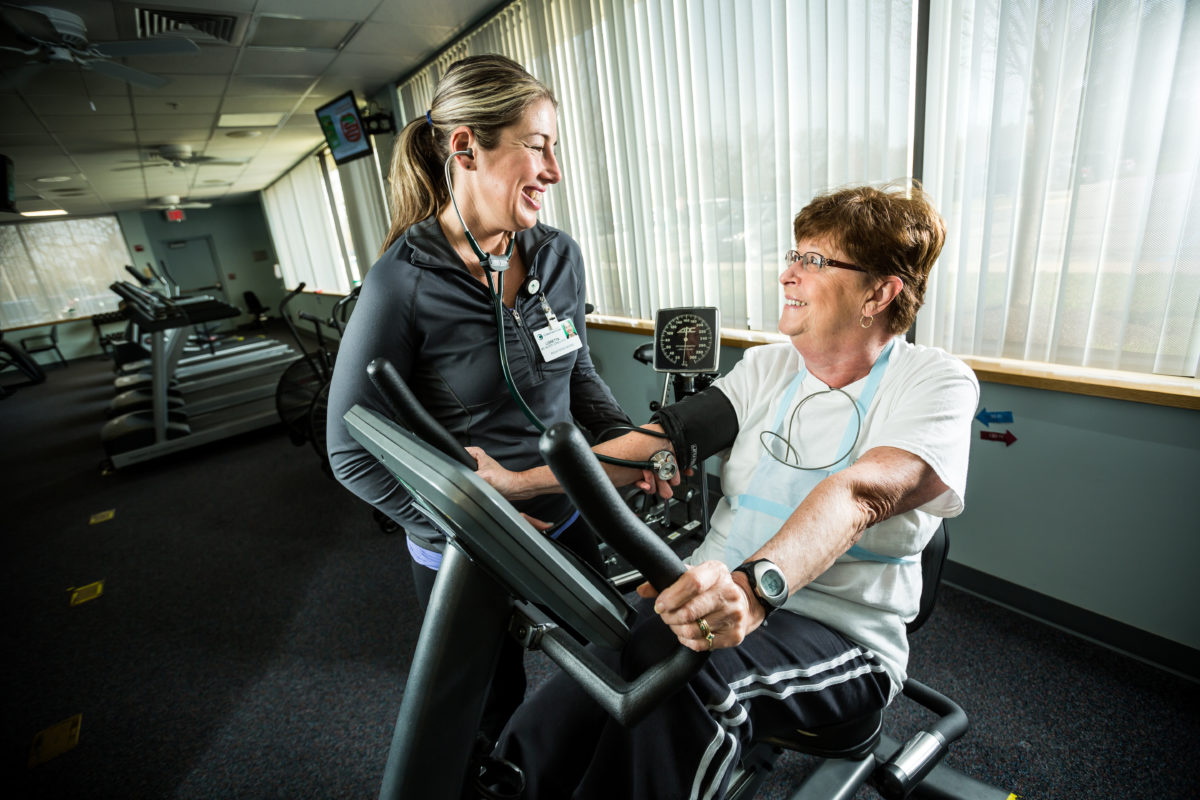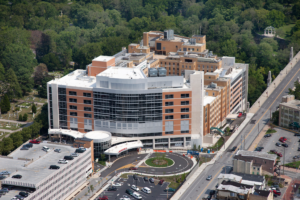A pain in her chest brought Patricia McLaughlin to the Emergency Department at Christiana Hospital. Based on her condition, she was scheduled for triple-bypass heart surgery in November.
After the procedure, she said, “I was so weak, I felt I was never going to have any energy level at all.”
The 71-year-old New Castle woman, who was pre-diabetic and a smoker for more than 50 years, entered Christiana Care’s Cardiac Rehabilitation Program with high blood pressure and high cholesterol. “I was extremely nervous, extremely fragile,” she said.
But after three months of rehabilitation, McLaughlin has quit smoking, changed her diet and begun exercising regularly.
“If I could, I would keep going [to cardiac rehab] for the rest of my life,” she said. “I’m definitely healthier. It helped open my eyes.”
More than 900 patients enroll in Christiana Care’s cardiac rehabilitation program annually. That number has increased in recent years as studies showing the program’s effectiveness in preventing death following a heart attack and subsequent cardiac events have convinced Medicare and other insurers to broaden their coverage.

A study of elderly Medicare beneficiaries indicates that just one session lowers the risk of death by 14 percent and the chance of another heart attack by 12 percent. A dozen sessions decrease the risk of death by 22 percent and subsequent heart attack by 23 percent. And the recommended 36 sessions — three times per week over three months — reduce the risk of death by 47 percent and lower the risk of heart attack by 31 percent.
“After an event, many patients feel that they don’t have control over their body, but they do — and we want to make sure they understand this and how to exert control,” said Janice Anderson, BSN, RN, manager of cardiac rehabilitation and secondary prevention.
Rehabilitation is a secondary prevention program that treats cardiac patients who typically have experienced a recent heart attack, coronary artery bypass surgery, heart valve repair or replacement, heart angioplasty or stenting, heart or heart-lung transplant, stable angina or heart failure.
“We want to detect this heart disease at the earliest stage and stop it,” Anderson said.

Edward Goldenberg, M.D., medical director of cardiovascular prevention and cardiac rehabilitation, said that rehab helps patients regain strength, flexibility and endurance and educates them about nutrition, their medication, blood pressure, cholesterol, stress and the psycho-social aspect related to having experienced a cardiac event.
“The purpose is to return you to the level of functionality you had before you got sick and also to provide appropriate education to hopefully prevent you from having another event,” Dr. Goldenberg said.
At first glance, the cardiac rehabilitation facility at the HealthCare Center at Christiana — one of three Christiana Care cardiac rehab locations — looks like a gym, its walls lined with treadmills, elliptical machines and stationary bicycles. But the people using them are wearing heart monitors, and their readings are being tracked on two screens behind a nearby desk.
Each patient’s program is highly individualized. Anderson recalls two patients who were enrolled at the same time: an 85-year-old man who at first could only walk for one minute on the treadmill. Post-rehab, he was able to walk for 10 minutes and moved back home from his daughter’s house to resume an independent lifestyle.
At the same time, there was a 40-year-old man who completed his first triathlon one week before graduating from the program.
“Each patient is looked at as an individual. Not one person is held to the same standards as another,” she said.
Exercise is just one of 10 components of secondary prevention, which include weight, blood pressure, cholesterol and diabetes management, smoking cessation and nutrition counseling.
The rehab program is supported by a diverse team of health care professionals including physicians, nurses, exercise physiologists and trainers, dietitians, health coaches, a clinical psychologist and a smoking-cessation counselor. It also has the distinction of being certified by the American Association of Cardiovascular and Pulmonary Rehabilitation.
Education is key, Anderson said. “It’s great to know your numbers and where they should be. But we want to make sure patients understand why that’s important.”
Cardiovascular disease is the No. 1 killer in Delaware, the United States and — in this decade — the world, according to the United Health Foundation. Delaware ranks 29th in the country for deaths from the disease.



